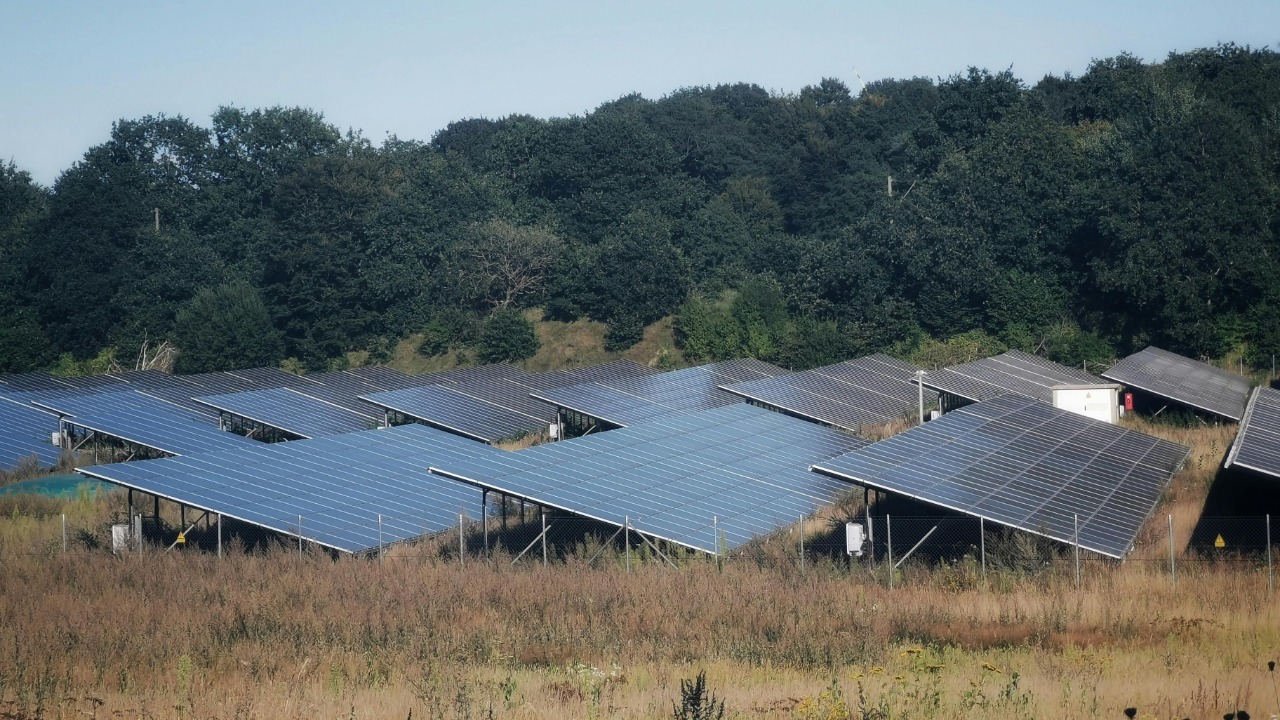
As the global demand for energy continues to rise, innovative solutions such as solar mining are gaining attention for their potential to influence energy prices. Solar mining, which combines renewable energy with cryptocurrency mining, is affecting energy markets and presents both benefits and challenges. Understanding its impact involves examining economic, environmental, and technological perspectives.
The Basics of Solar Mining

Solar mining is the integration of solar energy with cryptocurrency mining. This process involves using solar panels to harness energy from the sun, which then powers the computationally intensive process of mining digital currencies. The infrastructure required includes photovoltaic solar panels, energy storage systems, and specialized mining hardware. These systems must be strategically deployed in areas with high solar potential to maximize efficiency.
Globally, the adoption of solar mining is on the rise, with significant uptake observed in regions like North America and China. Companies such as Solar Alliance Energy in the United States are pioneering initiatives to integrate solar power with cryptocurrency mining operations. This growth is supported by technological advancements that make solar energy more accessible and affordable, as well as increasing awareness of the environmental benefits of renewable energy sources.
Economic Implications of Solar Mining

Solar mining has the potential to stabilize or even reduce energy prices by decreasing reliance on traditional energy sources. As more regions adopt solar mining, the supply of renewable energy increases, which can lead to lower energy costs for consumers. In areas with abundant sunlight, this method of energy generation can be particularly cost-effective, providing significant economic benefits. For example, a study published in ScienceDirect highlights the potential of solar energy to reduce electricity prices and increase energy security.
Investment opportunities in solar mining are expanding as well. With growing awareness of its economic benefits, more investors are showing interest in funding solar mining projects. Government incentives and subsidies play a crucial role in promoting these ventures, offering financial support to companies that integrate renewable energy solutions. The potential for lucrative returns makes solar mining an attractive option for both private and institutional investors. This trend is reflected in the increasing number of investment funds dedicated to renewable energy technologies.
Environmental and Sustainability Considerations

Solar mining supports the transition to renewable energy sources, offering significant environmental benefits compared to traditional energy generation methods. By using solar power instead of fossil fuels, carbon emissions are reduced, contributing to global efforts to combat climate change. Moreover, solar mining operations are often designed with sustainability in mind, incorporating advanced technologies to maximize energy efficiency and minimize waste.
However, solar mining is not without its challenges. Land use is a major consideration, as large areas are required for solar panel installations. Energy storage is another critical issue, as the intermittent nature of solar energy necessitates efficient storage solutions to ensure a consistent power supply. These challenges are being addressed through ongoing research and development, with innovative solutions emerging to enhance the sustainability of solar mining. An article on SunBaseData discusses the dependence of crypto mining on renewable solar energy and the opportunities for installers to capitalize on this trend.
Technological Advances in Solar Mining

Recent technological advancements have significantly improved the efficiency of solar panels and mining equipment, making solar mining more viable. Innovations in solar technology, such as the development of higher-efficiency photovoltaic cells, have increased energy output while reducing costs. Similarly, advancements in mining hardware, including more powerful and energy-efficient processors, have enhanced the overall efficiency of cryptocurrency mining operations.
The future of solar mining looks promising, with emerging technologies like artificial intelligence and blockchain poised to drive further innovation. AI can optimize energy consumption and predict demand patterns, while blockchain technology can enhance the transparency and security of transactions. As these technologies evolve, they are likely to have a profound impact on global energy markets and infrastructure, paving the way for a more sustainable and decentralized energy future. A TradingView article discusses how investors can leverage these technological advances for passive income through cloud mining.
The Role of Policy and Regulation

Government policies and support are crucial for the growth of solar mining. Countries with favorable regulatory environments, such as Germany and Australia, have seen significant advancements in solar mining projects. Current policies often include financial incentives, tax breaks, and subsidies to encourage the adoption of renewable energy technologies. However, regulatory challenges remain, particularly regarding land use and energy tariffs, which could impact the growth of solar mining initiatives.
Global collaboration is essential for the widespread adoption of solar mining. International organizations and agreements can play a pivotal role in setting standards and best practices, ensuring that solar mining is conducted sustainably and efficiently. By working together, countries can share knowledge and resources, promoting the development of a global renewable energy infrastructure. A study on ScienceDirect emphasizes the importance of international cooperation in advancing renewable energy technologies and addressing climate change.